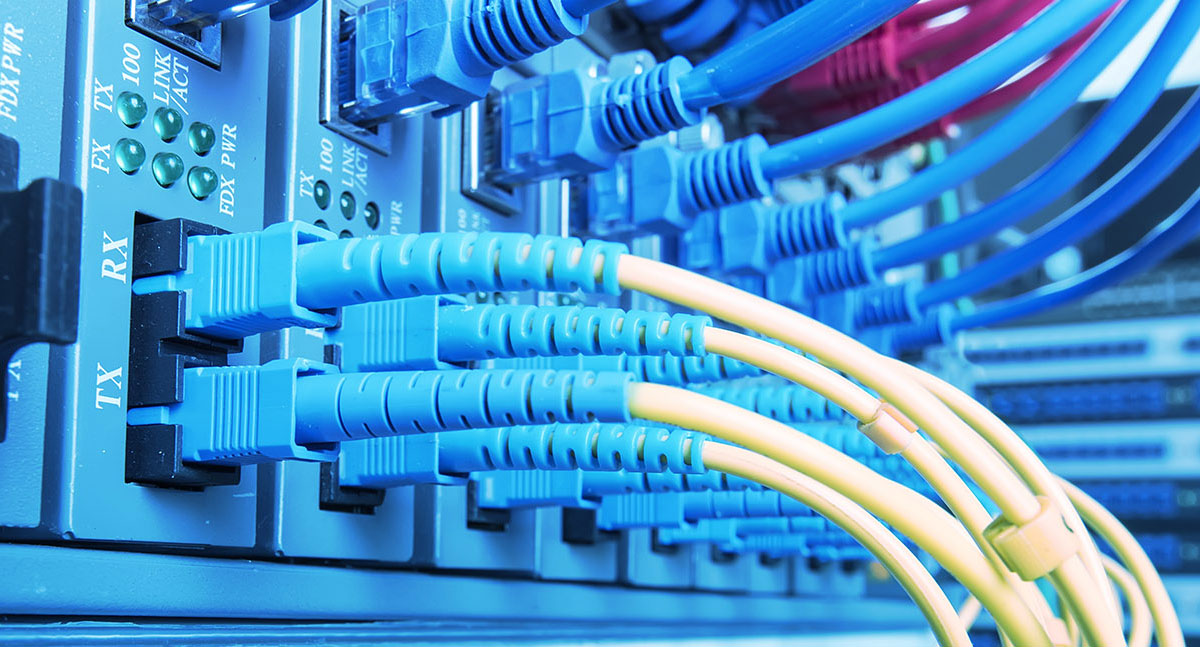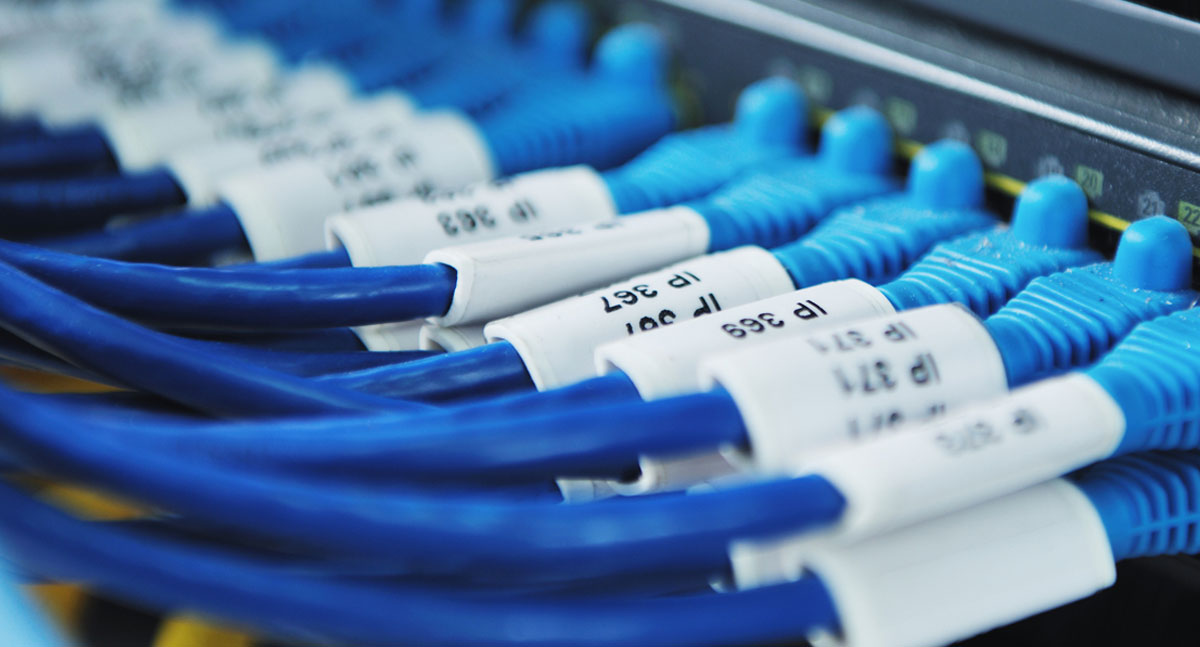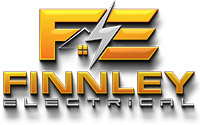Do you know what data cabling is? If not, don’t worry – you’re not alone. Data cabling is a term that is used often in the business world, but it can be confusing to understand what it actually means. In this blog post, we will define data cabling and discuss everything you need to know about it. We’ll also provide tips on how to choose the right data cabling for your business or home. Let’s get started!
What can data cabling be used for?
Data cabling can be used for a variety of purposes, including:
Transmitting data between computers and other network equipment
The term “network” refers to a system that allows two or more computers to communicate and share files, as well as a printer or other peripheral device. You can use data cabling to set up a home or business network without the speed and interference limitations of a wireless network. We have recommendations for different network cabling options below.
Connecting to the internet
Should you want to have a strong internet connection in each room of your house (or office) you can choose to install data points in each room, or install them in select rooms strategically chosen to ensure you can maintain a strong wireless connection when roaming around your home or business.
With the increase in ‘working from home’ as a result of COVID-19, many people are now choosing to have their homes properly cabled so they no longer have to rely on a wireless connection for Zoom meetings and other data-hungry connectivity options.
Connecting smart TV’s to streaming services
Smart TVs, also known as smart TVs, have the ability to connect to network cabling and access their features. Whilst Netflix, Stan, Disney, Kayo and other streaming services can operate fine over wireless, if you want to ensure your favourite shows or sports aren’t regularly buffering, having your Smart TV connected to the internet via a physical data cabling will provide a stronger, more consistent and reliable connection (without the tedious fault finding that sometimes needs to occur on wireless networks).
Providing an IP phone service
IP phone systems are commonly used in business as they provide a VoIP (Voice over Internet Protocol) service, which is a digital service that uses an internet connection instead of a traditional phone cabling setup. New installations of data cabling in your office, can allow you to take advantage of an IP phone system and make calls over the internet. This negates the need for traditional phone cabling that couldn’t be used to connect other equipment.
Running security cameras or other surveillance equipment
Security cameras and other surveillance equipment need a stable, uninterrupted power supply and data connection in order to function correctly. By installing structured cabling, you can provide this for your security system and ensure that your footage is properly recorded without any dropped frames or lost information.
Connecting Solar Panels
Solar panels are becoming increasingly popular as people look for ways to reduce their carbon footprint and save on their energy bills. Solar panels need to be connected to an inverter in order to function, and data cabling can be used to provide this connection in a reliable fashion.
Gaming devices such as Xbox and PS4
Many people like to game in their spare time, and for the best gaming experience, it is often recommended that you have a wired connection rather than using wireless. If you want to connect your Xbox or Playstation to the internet, data cabling can be used to provide this connection.
There are many other reasons why you might need data cabling in your home or office – these are just a few examples. If you’re still unsure whether data cabling is right for you, please don’t hesitate to get in touch with us and we will be happy to help!
Which type of ethernet cable should I choose?
There are a few things you need to consider when choosing the right data cabling services for your business or home. First, you need to think about what you will be using it for. If you plan to use it mainly for internet and phone service, then you will need a different type of cabling than if you plan to use it for security cameras or other equipment. You also need to think about the length of your cabling and how many devices you will be connecting. Once you have determined these things, take a browse of the Australian Cabling Standards and then begin shopping for the right data cabling solutions for your needs. Ask yourself the following questions:
Twisted Pair
The wires inside these Ethernet connections twist together. Twisted Pairs are very common in the market. These types of cables, when compared to fiber-optic cabling, have a shorter maximum length and experience greater speed deceleration.
Coaxial Cable
Coaxial Cable is made up of a single copper wire surrounded by insulation and then a shield of braided wire. This type of cable has a longer maximum length than Twisted Pair, but it experiences less speed deceleration.

Fiber Optic
This type of cable is made up of glass or plastic fibers that transmit light signals. Fiber Optic cables have the longest maximum length and the least speed deceleration. They are also less affected by interference than other types of cables.
Categories for Ethernet Cables
There are a variety of Ethernet and other telecommunications and networking applications cables to choose from. These network cables, such as Cat 5, Cat 6, Cat 7, and Cat 8, are frequently identified by the TIA (Telecommunications Industries Association) and summarised below:
| Category | Shielding | Max Transmission Speeds | Max Bandwidth |
|---|---|---|---|
| Cat 3 | Unshielded | 10Mbps | 16MHz |
| Cat 5 | Unshielded | 10-100Mbps | 100MHz |
| Cat 5e | Unshielded | 1,000Mbps to 1Gbps | 100MHz |
| Cat 6 | Shielded or Unshielded | 10Gbps up to 55 meters | 250MHz |
| Cat 6e | Shielded | 10Gbps up to 55 meters | 500MHz |
| Cat 7 | Shielded | 100Gbps up to 15 meters | 600MHz |
| Cat 7a | Shielded | 100Gbps up to 15 meters | 1000MHz |
| Cat 8 | Shielded | 40Gbps up to 30 meters | 2000MHz |
The most straightforward approach to choosing a cable is to select one that meets your requirements. But what do you want?
Determine your home internet connection’s speed first. An ancient Ethernet cable will hold you back if you have gigabit internet (1Gbps). You’re good with anything Cat 5 or newer if you have a slower connection, such as 10 or 20 megabits per second.
If you don’t know the speed of your internet connection, connect your PC directly to the modem and run this test. This will give you a starting point for calculating what type of wired connection you’ll require. If your subscription allows for only 50Mbps downloads, buying a 1Gbps Ethernet cable might be deemed excessive but in saying that it will provide excellent ‘future-proofing’ to ensure you don’t need to upgrade the cabling solutions you have into the future as speeds continue to increase.
If you’re installing new network cabling or replacing old wiring, it’s a good idea to go with one of the most recent versions to take advantage of higher speeds while also ensuring that your setup is future-proofed for years. That usually means opting for a Cat 6a or Cat 8 cable.
How do you know if your data cables need to be replaced?
If you’re unsure whether your data cabling needs to be replaced, the best way to find out is to have a professional take a look. They will be able to tell you if your cables are old, damaged, or not up to code.
Network cabling is an important part of any business or home office. It’s what allows you to connect to the internet, make calls (without dedicated phone cabling), and use other equipment.
Do you need an electrician to install data cable?
The short answer is yes, you should. If you require data cabling at your house or business, it is recommended that you engage a professional data cabler contractor who has had appropriate training and holds a cabler’s license. Using unlicensed data cabling services may invalidate your insurance coverage and product warranties. Fully qualified data cablers like the team at Finnley Electrical are equipped to handle everything from new installations (running new cables, installation of new data points etc.), to fault finding and upgrade works.


